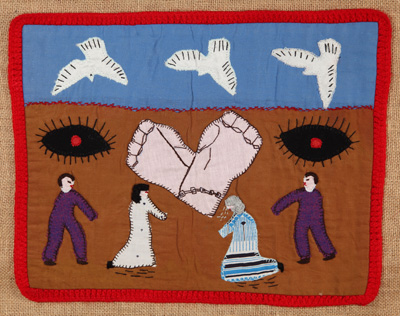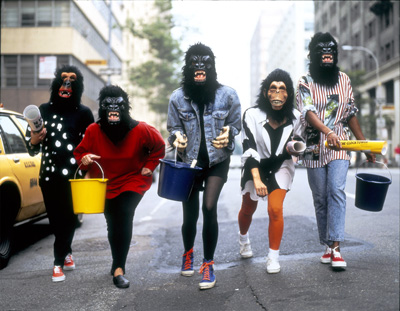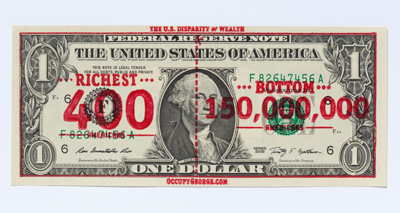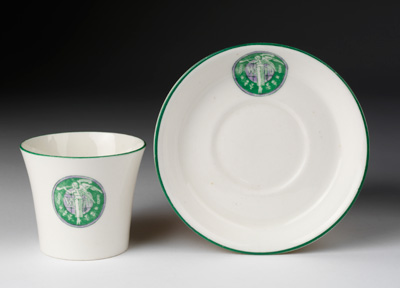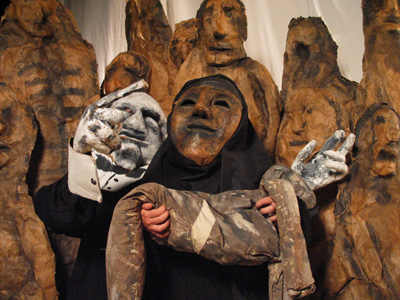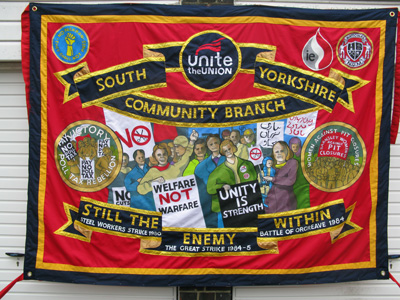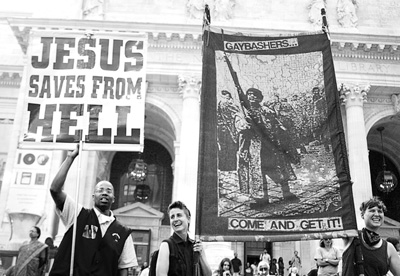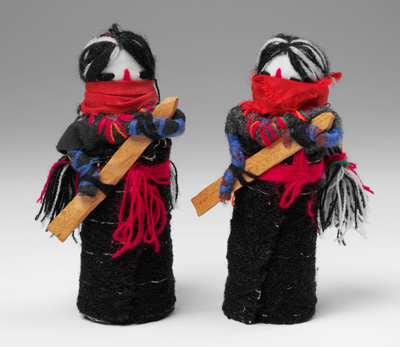|
DIY drones, subversive textiles from Chile and shields that look like books are just some of the objects on display at an exhibition that examines the role of design in political activism. We interviewed the show’s curator Gavin Grindon. You can read our review of the exhibition here Disobedient Objects goes beyond the political posters that usually represent social movement in museums, presenting high-tech objects such as drones for filming demonstrations as well as handcrafted items such as placards and textiles that reveal the stories behind protests. Icon spoke to the exhibition’s co-curator, Gavin Grindon. What is the message of the Disobedient Objects exhibition? If there is one, it’s about people’s power to remake objects and change the world. And also that art and design aren’t simply things made for commercial purposes, but are involved in your everyday life. Tell me about some of the objects on display. They range from folk art, for example, signs made by people for protest marches to the very high-tech, such as mobile phone-powered drones for filming demonstrations or the police, which you can make yourself very cheaply. Then there’s a range of appliquéd textiles made by women under the Pinochet regime in Chile, which documented the abuses going on at the time. They were sold to supporters outside the country and the workshops in which they were made offered a safe space for the women – while their eyes were down on sewing, they found it easier to talk about the atrocities they had experienced. How has technology changed the role of objects of protest? There are placards from 2010 and 2011 that demonstrate how people are making protest signs in response to changing technology. In the past, people used to carry the same design to show solidarity, but now you see people bringing their own placards to demonstrations, with their own messages on them, because they know the signs will be photographed and tweeted. Some of my favourite exhibits are the protest shields decorated to look like books, first made in Italy during the student protests against cuts in 2010/11. These were held up at the front of demonstrations so the images of the police hitting students with sticks showed them attacking books. When students in London saw videos of this online, they produced their own book shields and this spread to the US and all over Europe. None of these groups every met, but they felt like they were communicating with each other. Have these tools of protest had an impact on the wider design world? Yes, there are concrete examples of this. The Institute for Applied Autonomy in the US devised a mobile networking technology called Tech Mob for protesters at the 2004 Republican convention. That project was later cited by the founders of Twitter as one of their direct inspirations. Designs that were created as open source are often then developed for commercial use, but there are also commercial products that are appropriated for subversive purposes. Do you think there is a lack of activism in contemporary design? The objects on display are not part of the world of commercial design, but I think there’s a lot here for designers to learn from. That’s also been the case for us as curators. We had to recognise that the people who made these materials were the experts – there weren’t any professors or critics we could consult – so we had to go to them and let them lead on how their stories that were told.
A textile depicting a weeping mother, chained hands, falling doves and the penetrating eye of the secret police – one of many made by women during Pinochet’s rule in Chile
A group of women artists who, in 1985, set out to expose racism, sexism and corruption in the art world
A set of stamps designed by artists Ivan Cash and Andy Dao to illustrate wealth disparity in America
An inflatable prop used during protests in Berlin and Barcelona
A cup and saucer, with a logo designed by Sylvia Pankhurst, took the campaign for votes for women into Edwardian drawing rooms
The Bread and Puppet Theatre argues that culture should not belong to the elite but be for everyone
A banner by the UK’s foremost trade union and campaign banner artist Ed Hall
A banner made using Jacquard woven cotton and lurex, hand-dyed fabric, crank-knit yarn and thread
This banner opposes the idea of a mere financial crisis, identifying capitalism as the source of climate chaos and ongoing inequality and injustice
A personal response to the tripling of university tuition fees in Britain
A robot that allows the operator to maintain a safe distance from an act of graffiti
These dolls represent Trini, leader of the Zapatista Army of National Liberation in Chiapas, Mexico. Disobedient Objects runs until 1 February 2015 at the V&A |
Words Debika Ray
Images: Victoria and Albert Musem, London, Jonathan Slaff, Oriana Eliçabe/Enmedio.info, Immo Klink, Martin Melaugh, Ed Hall, Andy Dao and Ivan Cash, Institute for Applied Autonomy, Blanca Garcia, George Lange |
|
|

